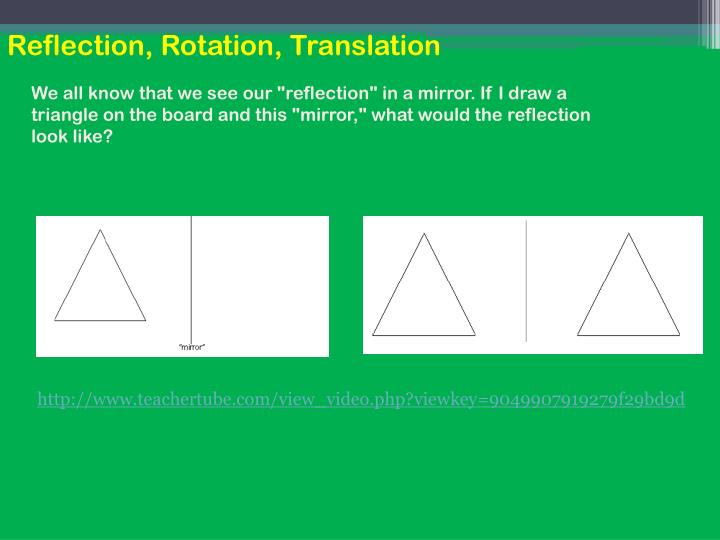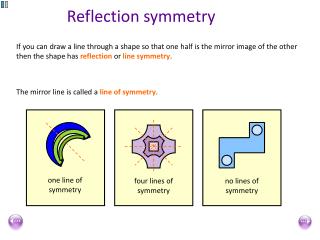
In 2011, scientists studied how the directionality of our writing and reading influences our depiction of depth in art ( Academia Paper).

the left side) processes this information. The Western culture includes writing and reading from left to right, and the side of our brain responsible for the right hand (e.g. Choosing a partner, hunting for something to eat, or avoiding being killed – all of that required noticing symmetry and symmetrical bodies.Ī perfectly symmetrical drawing of a face.Īnother reason for our love for symmetry in art and life may be that our brains process information in a very particular way. The bodies of other humans are symmetrical, and so are their predators and prey, so they should’ve looked out for symmetry. Our brains easily recognize symmetrical objects and images because they’re wired that way.Īnother theory says that our ancestors sought out symmetry because it was associated with living beings. One of the theories is that it’s because we see symmetry everywhere in nature, and it feels natural, familiar, and beautiful. Symmetry is one of the principles that create gestaltism – a theory about human behaviour that states that our brains want order and completeness in everything we encounter and look at. It creates an aesthetically pleasing effect on our minds, as humans are believed to seek symmetry. Symmetry in art is known to create balance, harmony, and a sense of order. The painting uses symmetry as an important technique to point the viewer’s eye to its focus – the central figure of Jesus.īy the way, you can learn more from me in my art courses: Check them out HERE Why Do Our Brains Find Symmetry Appealing? It uses near symmetry and has a strong sense of the image being balanced and symmetrical across the vertical axes. It’s essential to use symmetry or asymmetry in your composition to achieve a specific sensation.Ī famous example of symmetry in art is The Last Supper by Leonardo Da Vinci. Symmetry is an important technique used in art to provoke a sense of uniformity, order, clarity and consistency. Up next: learn more about the different types of lines used in art.Symmetry and asymmetry can be beautifully combined in the same drawing, creating an eye-catching pattern break. The break of symmetry is called asymmetry – an intentional lack of balance can emphasize the necessary part of the artwork. To make your work more diverse, artists often add more complicated details and features, patterns, textures, figures, and near symmetry (discussed later in the article). So it’s important to make art visually interesting in any creative way you can. Symmetry can get boring and lack variety.

However, creating art with symmetry can be tricky since it requires some compositional planning and a developed sense of balance from the artist.


 0 kommentar(er)
0 kommentar(er)
